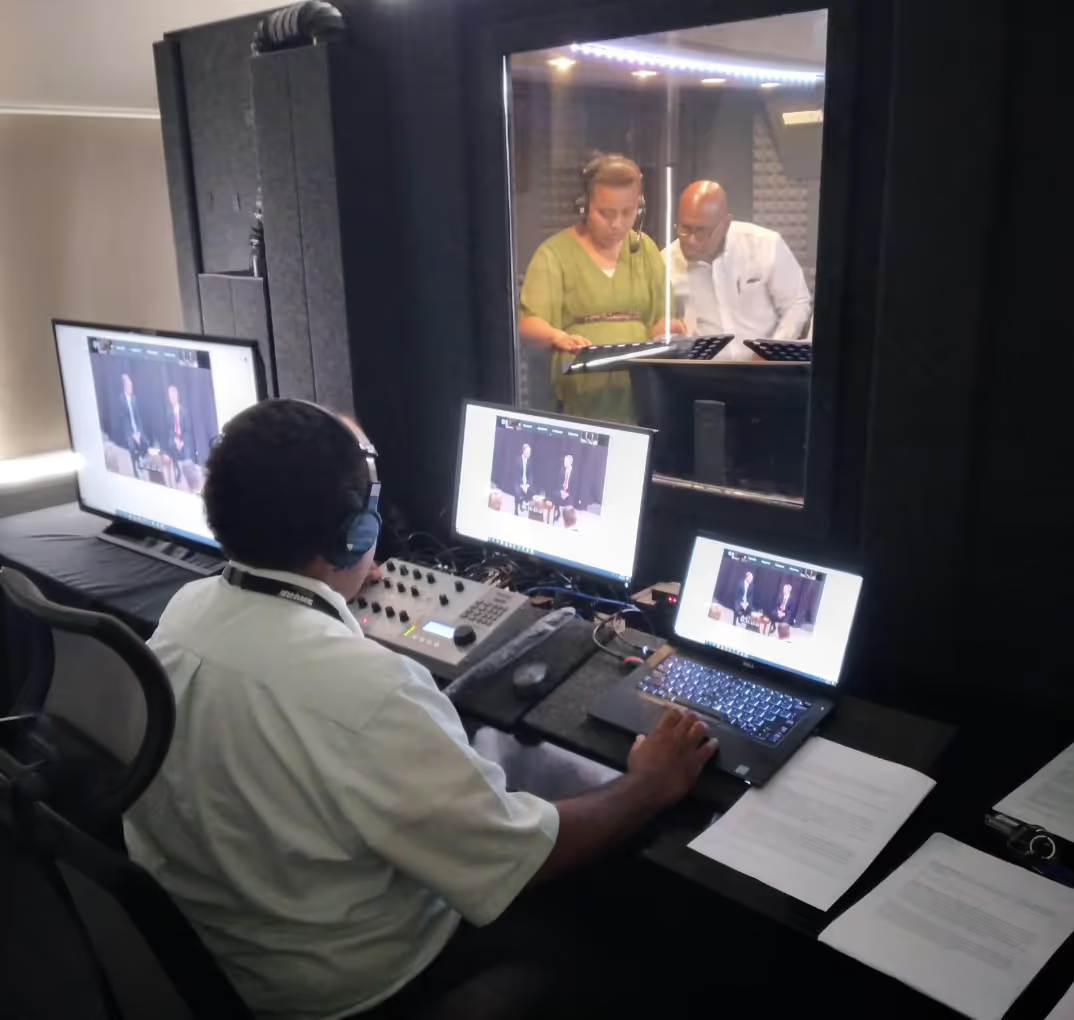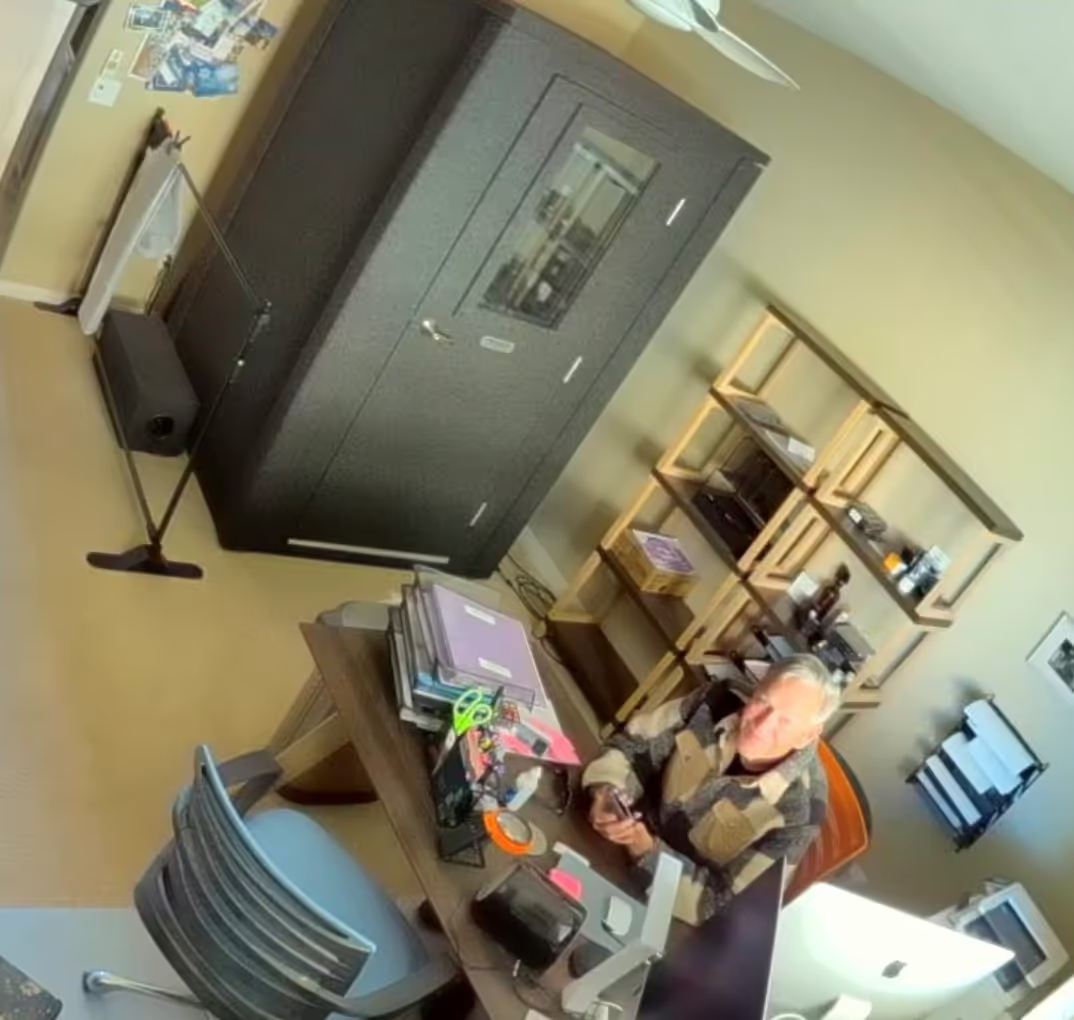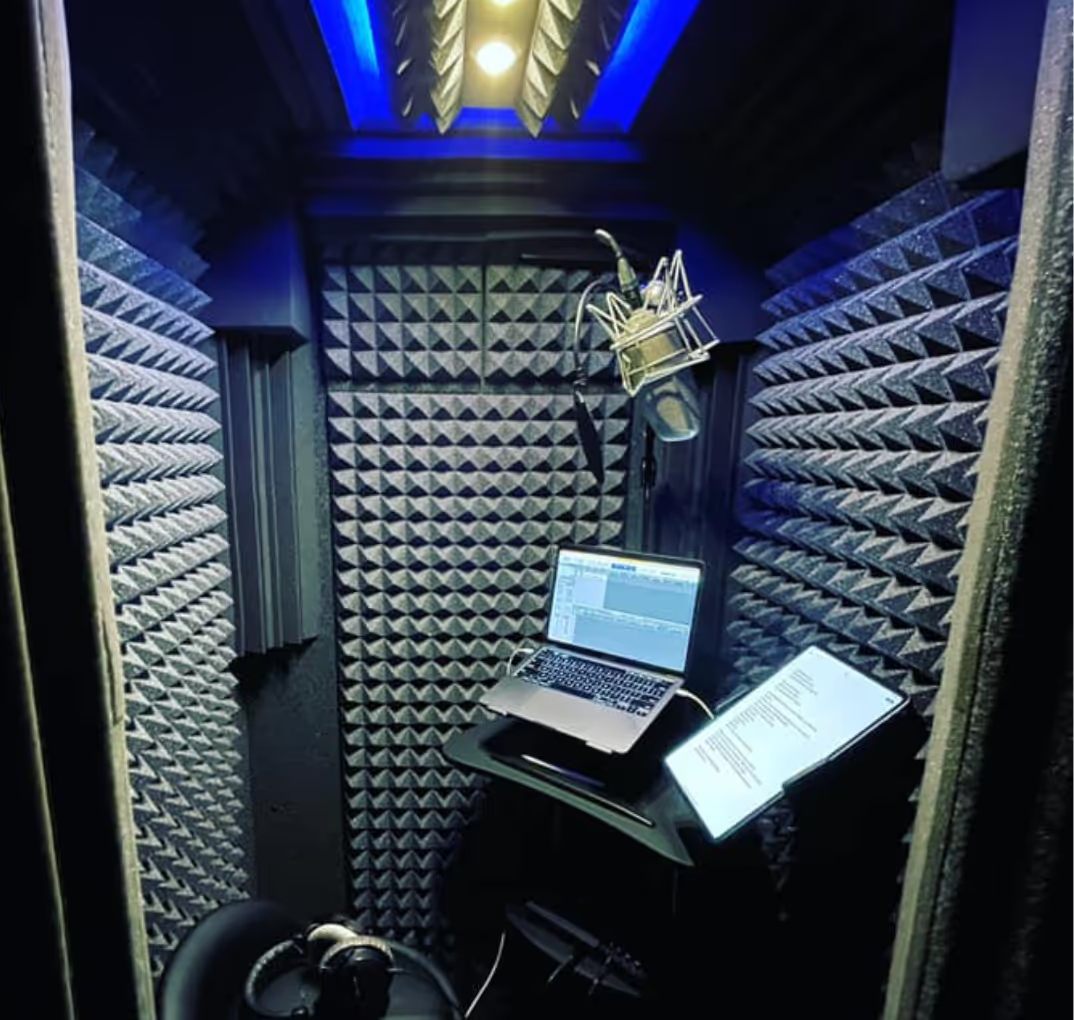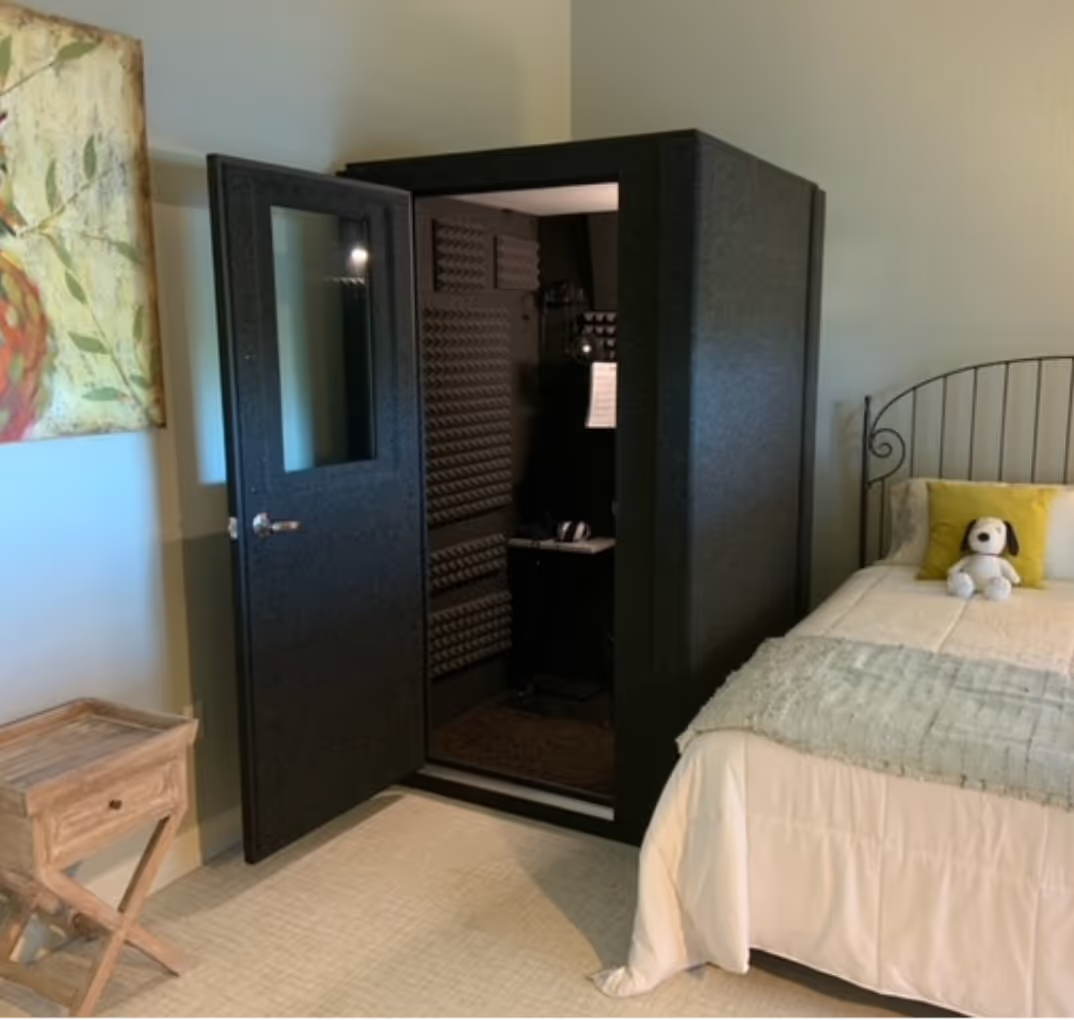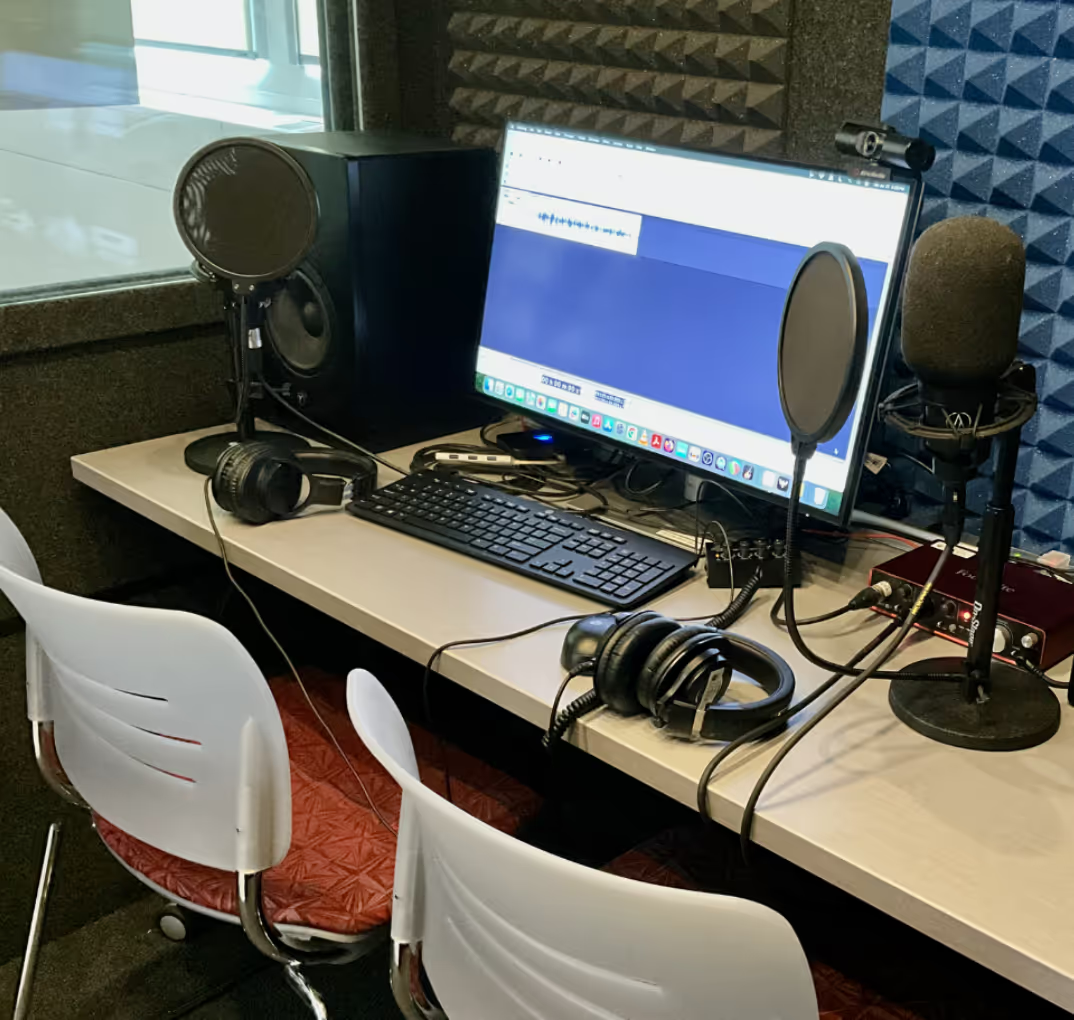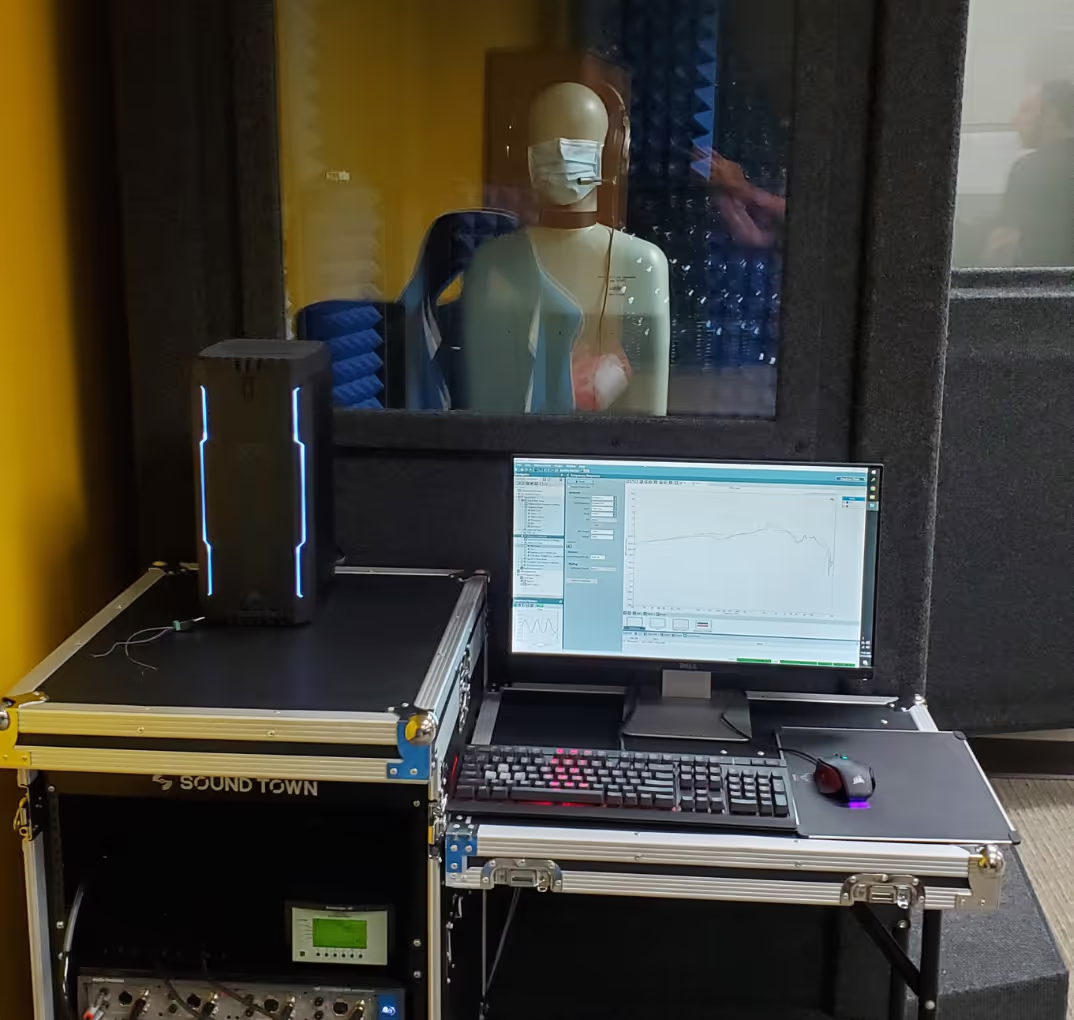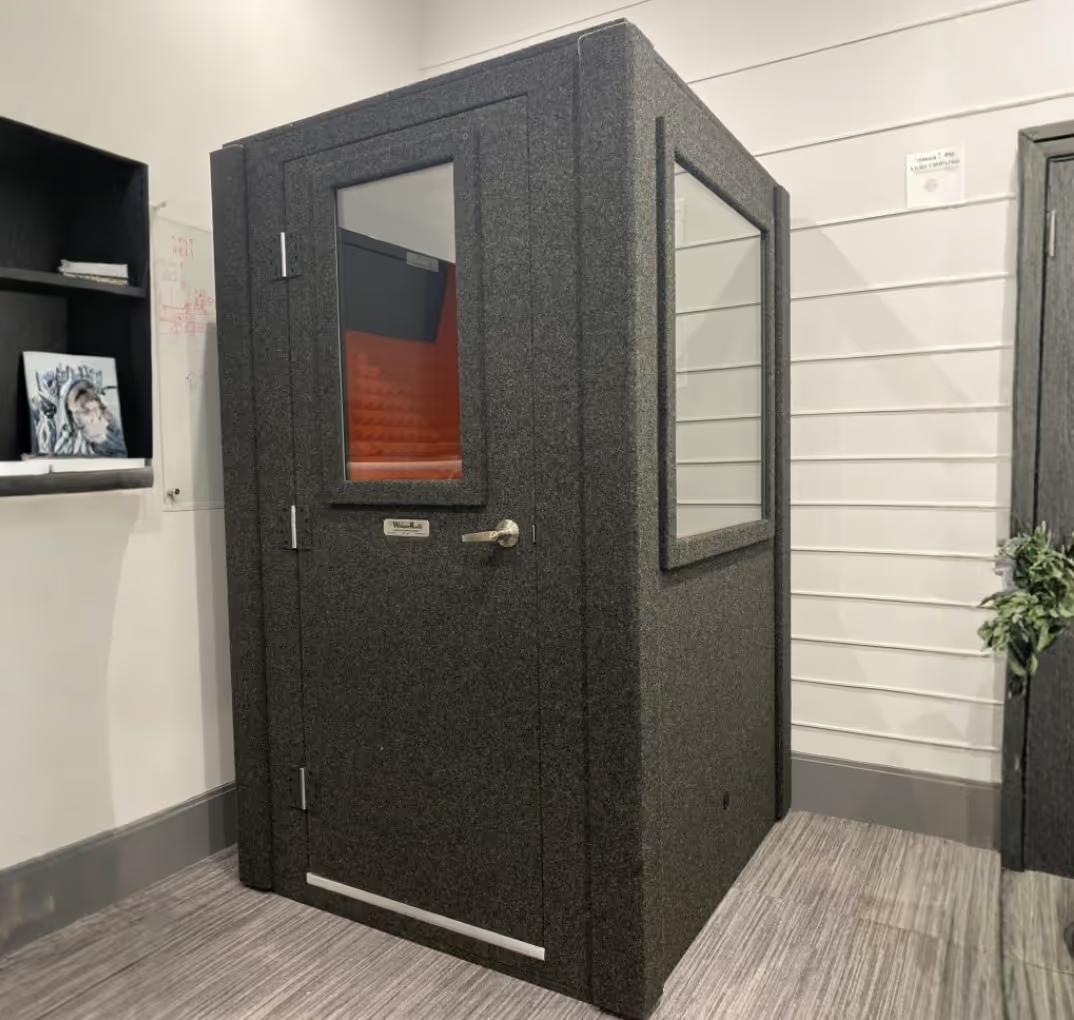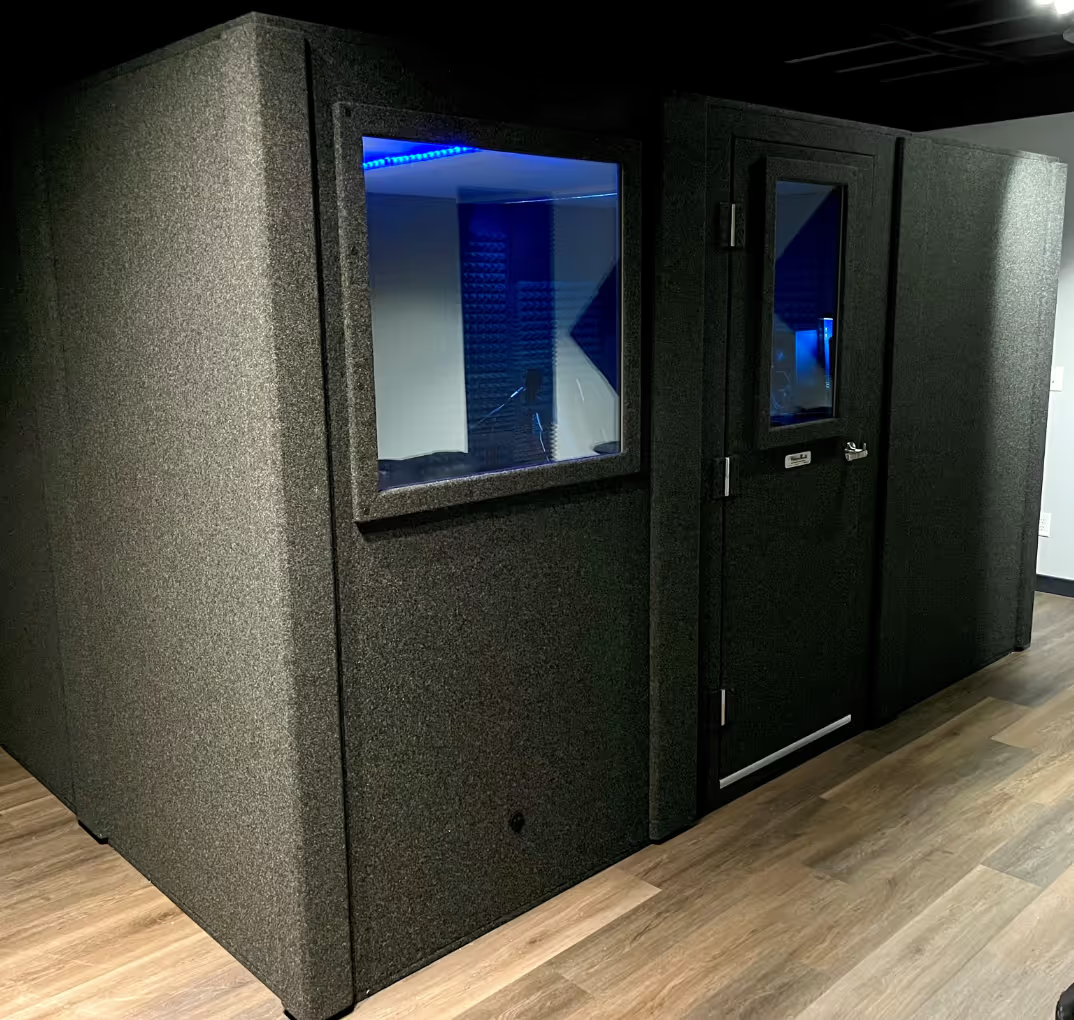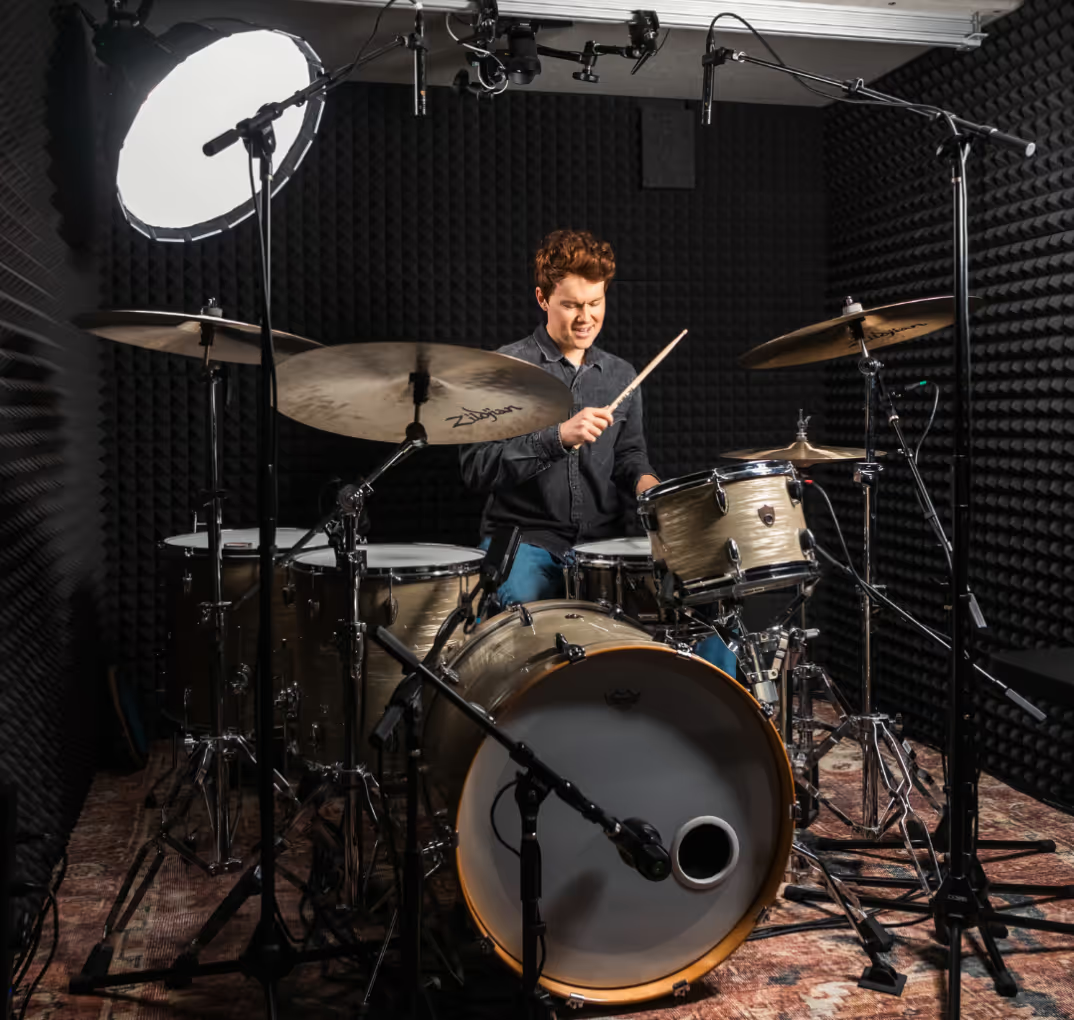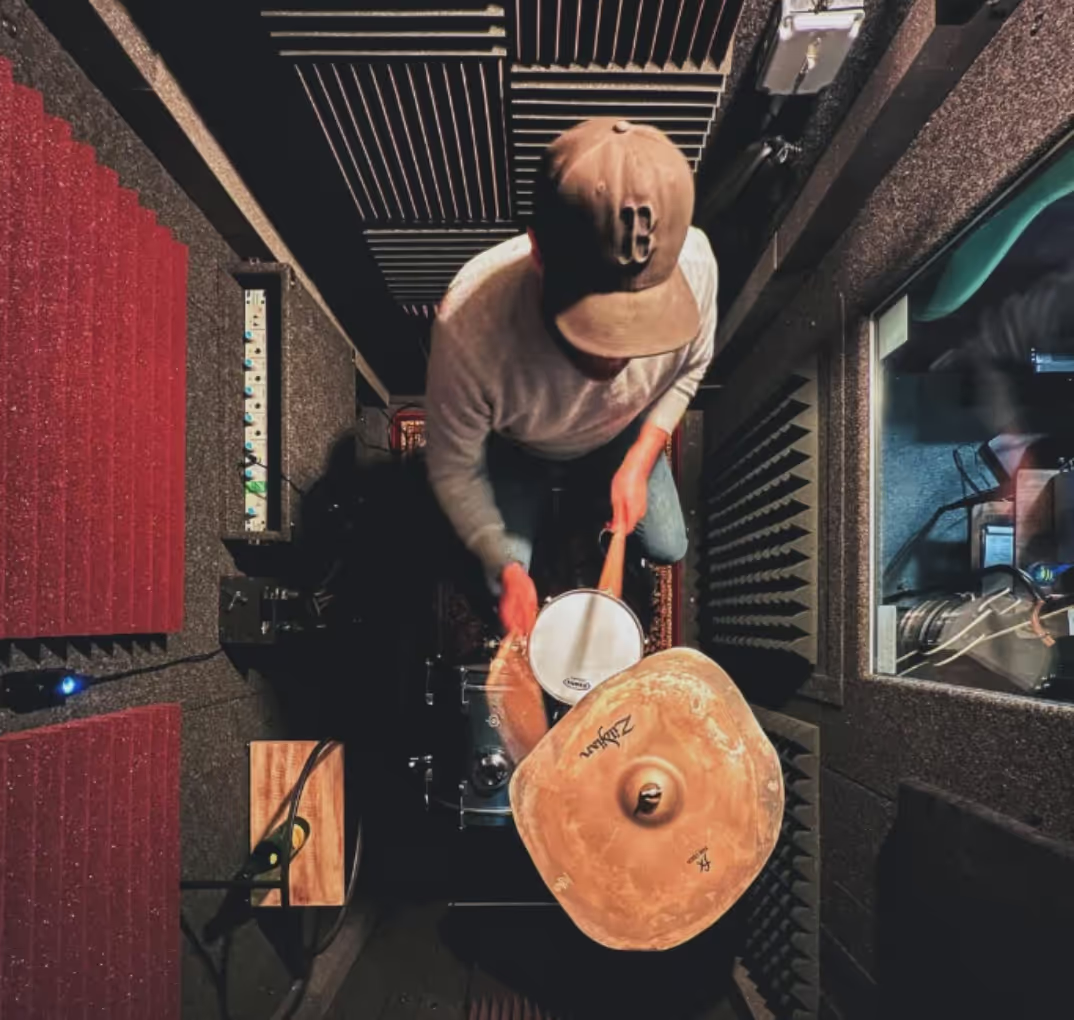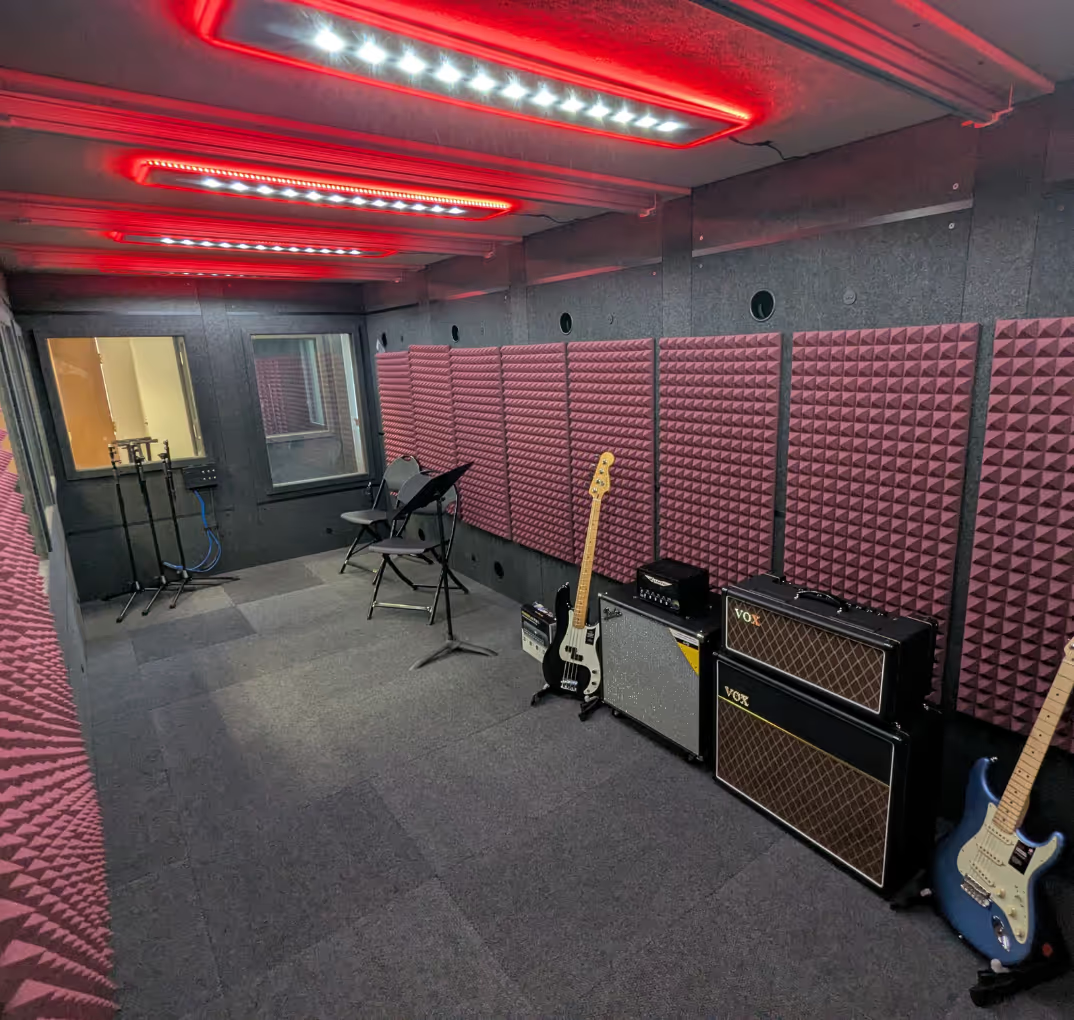Seasoned singers, audio engineers, voice actors, and musicians have all developed highly specialized abilities for understanding music and recognizing pitch. When most people refer to someone as having a "perfect ear," they often confuse learned musical ability with a phenomenon called "perfect pitch."
Let's look at the difference between perfect pitch vs. relative pitch.
What is Perfect Pitch?
Perfect pitch, or absolute pitch, is the ability for a person to instantly recognize any random musical tone that they hear. This is the most notable difference between perfect pitch and relative pitch. However, perfect pitch is rare in the Western world where less than one in every 10,000 people has this ability.
For many years, scientists believed that perfect pitch was a strictly inborn ability. Later, the nature versus nurture debate about perfect pitch heated up with the release of scientific studies that suggested that perfect pitch could be learned.
Populations in some Asian communities have dramatically higher instances of perfect pitch than in Western countries. At first, researchers thought that this variance derived purely from genetic differences. However, recent studies of Asian populations who grew up speaking a tonal language suggests otherwise. In the study, participants who spoke "very fluent" mandarin scored much higher than all other participants.
In tonal languages, words can have completely different meanings depending on the musical tone in with they are spoken. Children who learn a tonal language from a young age learn to differentiate between more subtle changes in tone than children who speak non-tonal languages.
Can the Perfect Ear be Developed?
Perhaps perfect pitch can be learned, but it takes an incredible amount of time and effort. The ability is difficult to obtain unless you learn it before the age of four when the part of the brain associated with acquiring verbal skills develops rapidly.
SciShow tries to answer the question, "Can You Learn Perfect Pitch?"
Some adults have attempted to learn perfect pitch with varying levels of success. They have employed various methods such as:
- Drilling individual notes - this technique involves listening to a note repeatedly and associating the sound with the note name.
- Assigning other qualities to the note - studies have shown that many people who have inborn perfect pitch also possess an ability called "synaesthesia." People with synaesthesia automatically associate stimuli in one sense modality with elements of a completely different sense. For example, they might always see an "A-flat" as light orange.
- Listening to individual notes on various instruments - Different musical instruments have distinct tonal qualities. This can help a person who wants to learn perfect pitch by teaching him or her to differentiate between the pitch and the timbre of a note.
While it may be theoretically possible to develop perfect pitch, its practical use is debatable. Conversely, relative pitch is an essential ability for musicians to learn.
What is Relative Pitch?
Relative pitch is the ability to distinguish the difference in pitch between two notes. This ability allows musicians to know when they are out of tune relative to other musicians or the song they are singing or playing.
After years of practice, seasoned musicians develop the ability to distinguish the different intervals between two notes, to identify chords based on the individual tones being used and to recognize the sounds of various chord progressions.
Rick Beato explores the benefits and importance of perfect and relative pitch.
Ways to Learn Relative Pitch

Developing the ear for relative pitch remains a key element in every musician's training. For example, private tutors and university professors use a variety of methods to help students develop their relative pitch, including:
- Teaching solfege - solfege assigns different note names for each degree of the major scale. With practice, a student can learn the different solfege names that correspond with each interval.
- Employing interval trainer apps - students can use computer programs to drill intervals between notes.
- Assigning reference songs - Music teachers can assign reference songs so that students can learn intervals. For example, singers might study "Somewhere Over the Rainbow" to learn an octave leap.
- Teaching triads - Each chord is comprised of a triad. Learning triads helps students distinguish among individual notes and chords.
- Teaching with chordal instruments - Most university programs require that students learn to play a chordal instrument like the guitar or piano. This helps students to develop several important abilities, including relative pitch.
You can see, developing relative pitch is an integral part of any musician's journey. With daily practice, music students can develop this important ability in a fairly short time.
A Combined Musical Language
Rather than focusing on perfect pitch vs. relative pitch, it's more beneficial to view the two skills as a complementary whole.
Perfect pitch and relative pitch are two individual hearing skills that each have unique capabilities. When combined, the two skills will give you a complete understanding of the notes, melodies, chords, harmonies, and progressions that are happening in the music. For example, relative pitch lets you know that you hear a Minor Seventh chord while perfect pitch tells you the exact notes that are being played in the Minor Seventh chord.
As you work on perfecting your ear's ability to detect pitch, keep in mind that WhisperRoom™ offers 26 different sized practice rooms so you can work on skills in a noise-free environment.








.avif)
.avif)
.avif)

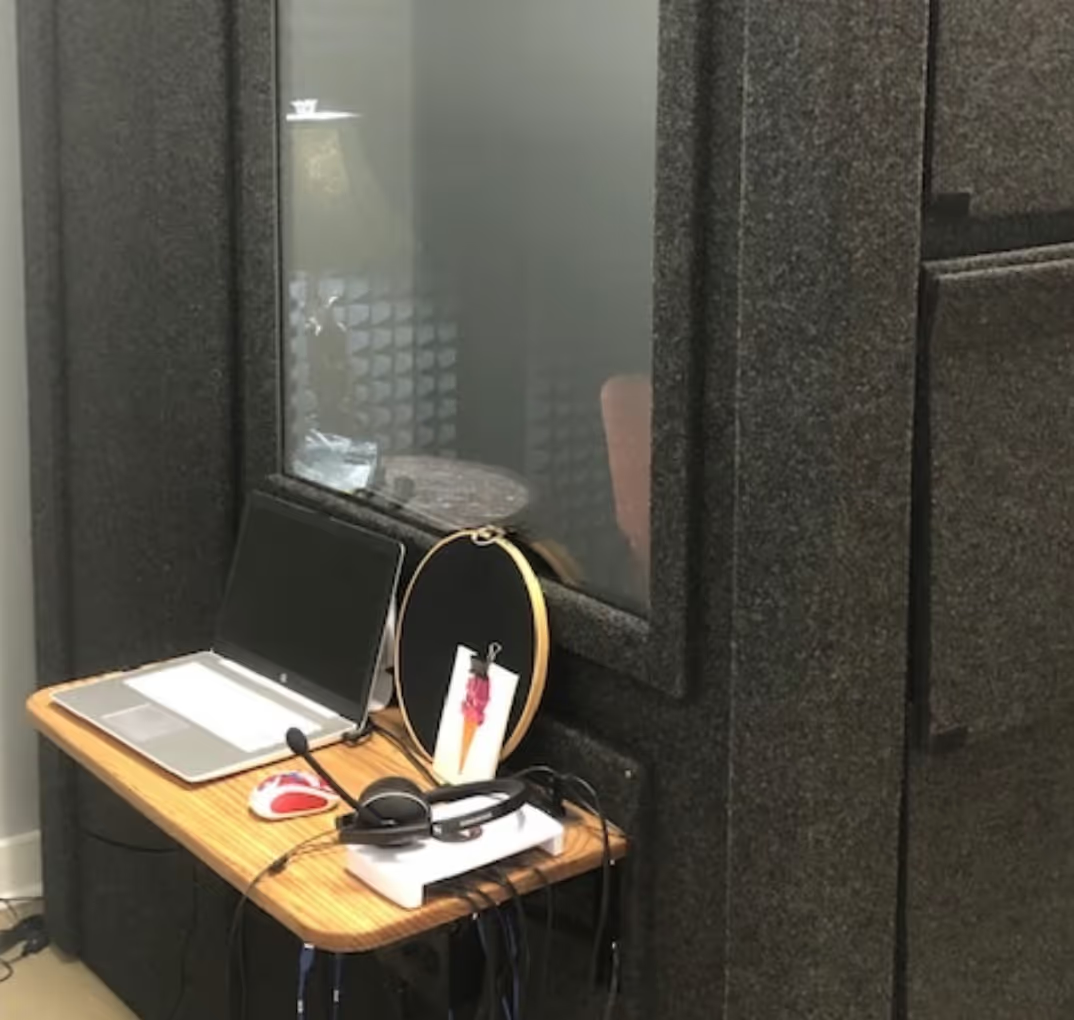
.avif)
.avif)

.avif)
.avif)
.avif)
.avif)
.avif)
.avif)
.avif)
.avif)
.avif)
.avif)
.avif)
.avif)
.avif)
.avif)

.avif)
.avif)



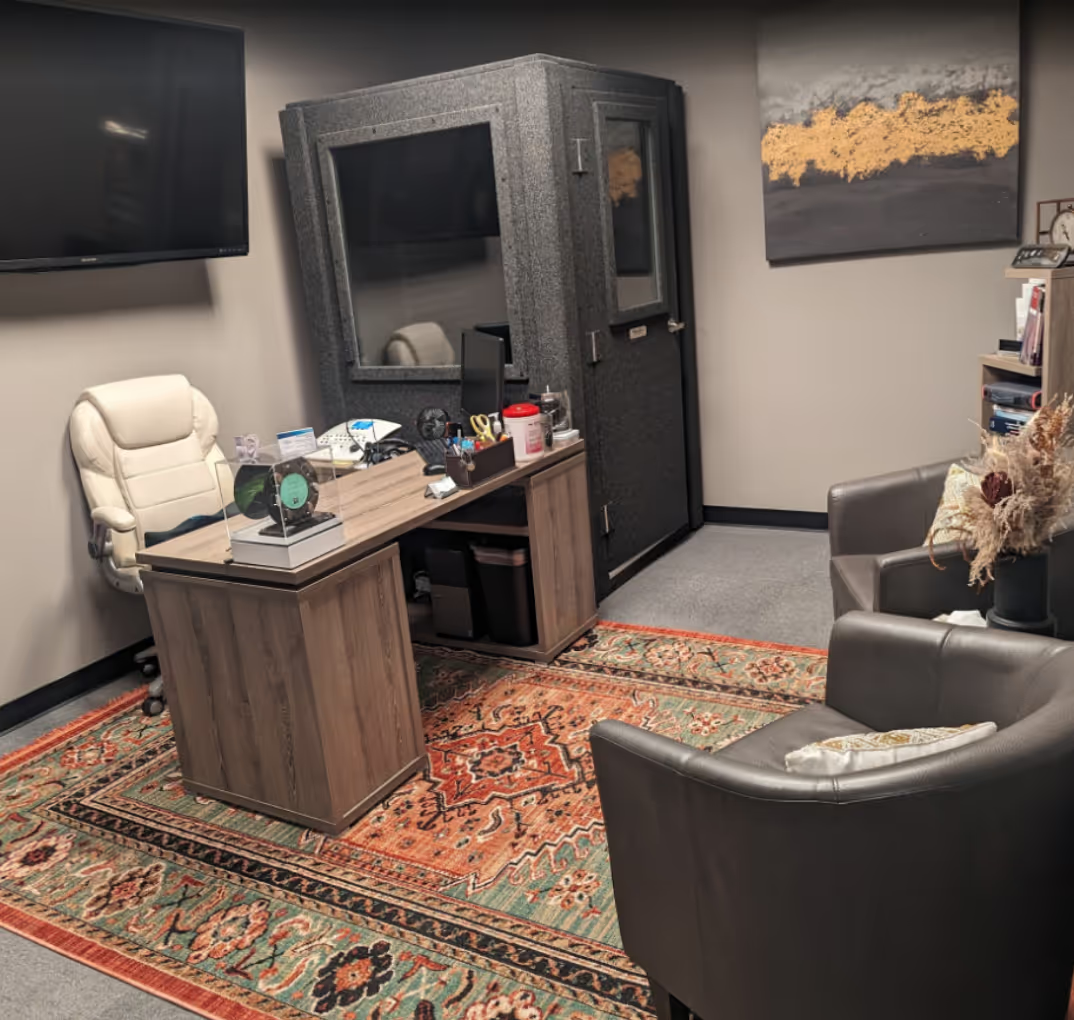



.avif)

